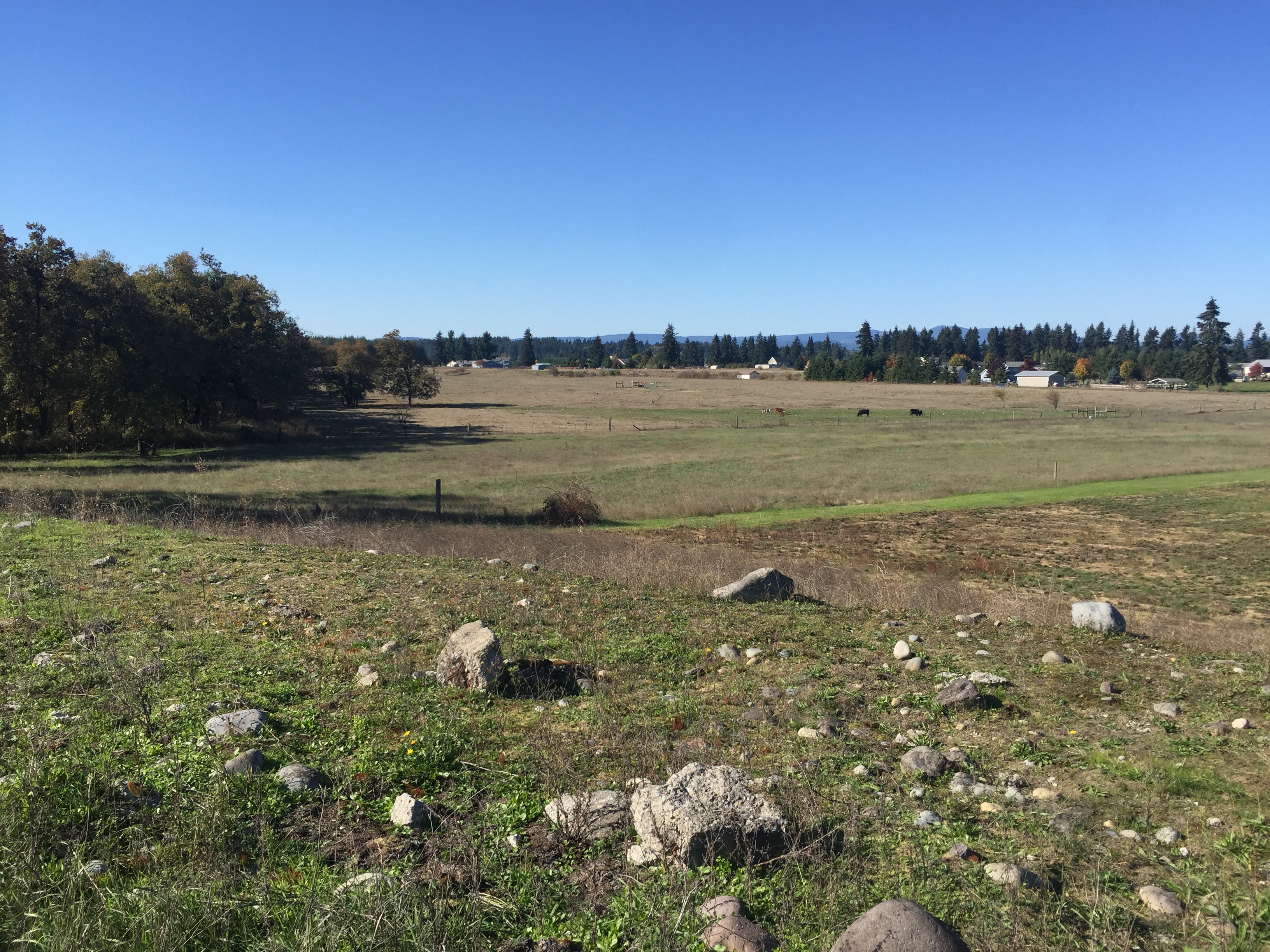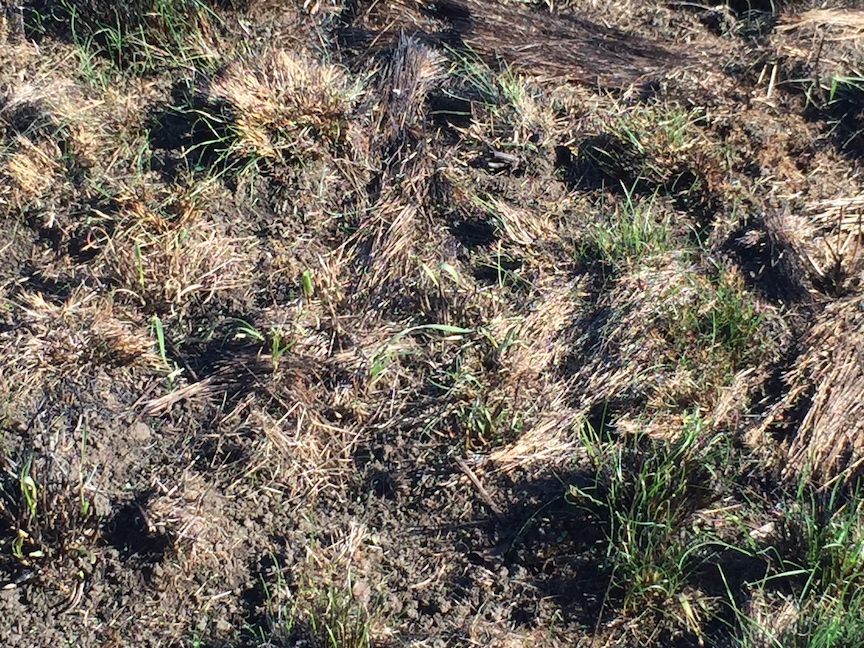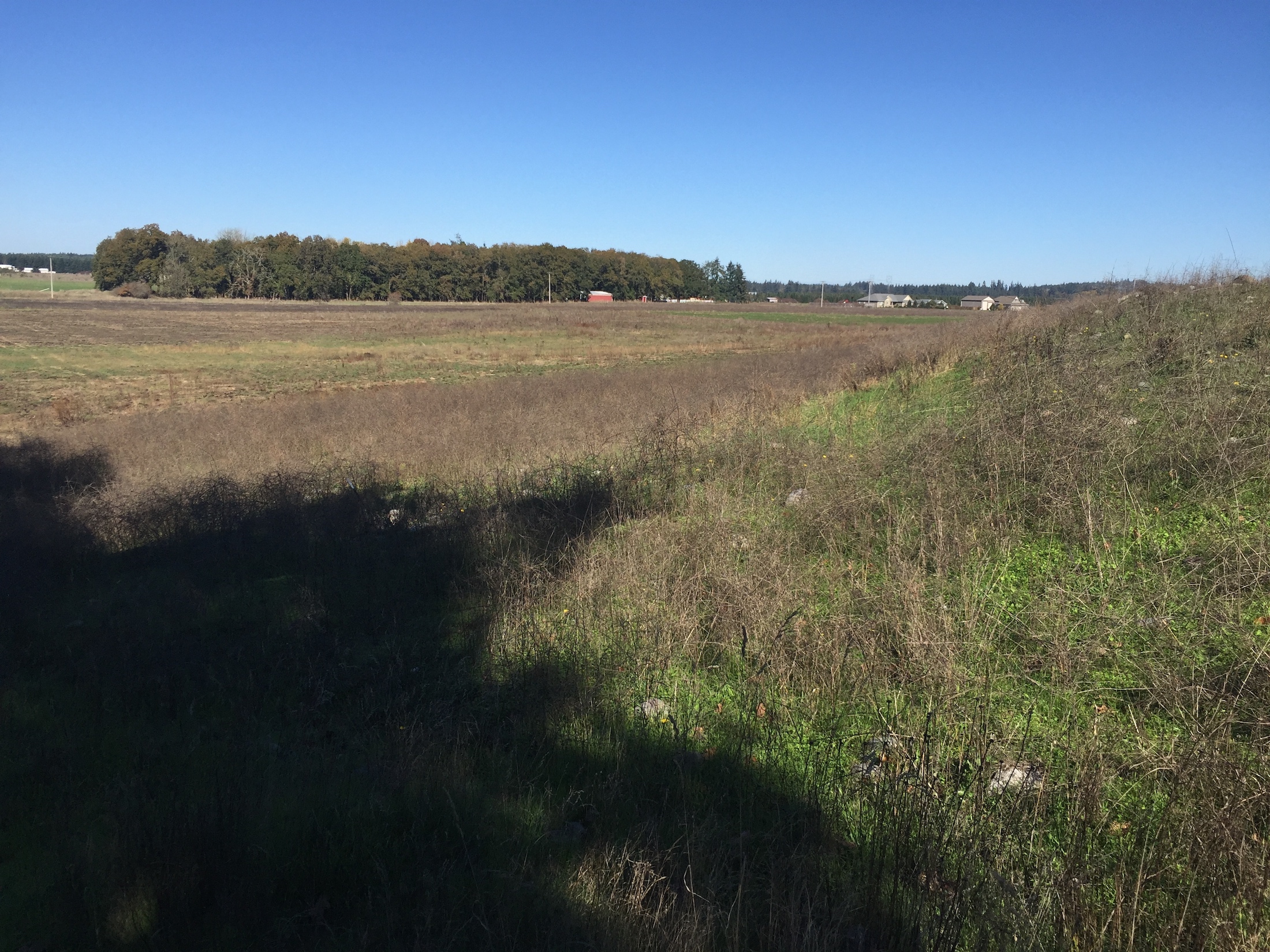Shortlisted for the Chico Mendes Prize 2023
Claudia Muzychko shares her latest Practice Insights which documents current on-site activity on Violet Prairie, USA, and provides a management planning reference for prairie restoration.
A version of this post is available in Italian.
Sometimes in land management we can focus so intently on direct problems complicating our practices that we may not have the space or time to step back and review the overall system of practices used; we can miss identifying elements of the management process that may require more attention.
What I did in this article was characterize the restoration of Violet Prairie, documenting the practices used in the startup conversion of agricultural lands to native prairie as an aide to land managers.
Implementing adaptive stage-scaled processes
Mangers may not always understand how the adaptive processes they are using alter the land or even that they are using adaptive practices even when consulting with specialists who advise them, and mangers cannot rely on observation alone to guide them.
Hence planning, monitoring and documenting during an adaptive staged scale process are important to a successful restoration project.

A useful first step was to better understand practices used on Violet Prairie and document the substrate; soils are a suspect key factor when considering the treatments used, hybridization problems and successful outcomes. Goals may need to change based on what we learned during the adaptive process. Even the “knowns” learned from other sites can change to unknowns once we attempt treatment applications on a startup site undergoing restoration.
Second, what I wanted to point out in this paper to practitioners is that instead of observing and following treatments explored in trial and error, answers could come from microsite experimentation. On site experimentation could give direct results in the soils being worked with on the restoration site.
And finally, treatment stages adaptively progressed in steps of acreage as a management control over the scale of the site. Monitoring the treatments used and their outcomes can accumulate data that can later be used in site planning and decision making, especially when altering treatments or developing experimental design in microsite plots to better understand soil-plant behavior under various treatment regimes.

Setbacks and unanswered questions
There were setbacks such as experimental seeding of a key native grass that failed due to a winter flood which allowed exotics to persist longer. Unanticipated events included native species failing to proliferate, persistent reemergence of exotic species and, ironically, wildfires that prevented scheduled prescribed burn regimes that impeded planned practices.
Setbacks can reinforce unknowns because management timing is delayed or treatments suddenly become unavailable. Depending on the scale of the setback, we may need to rethink our strategy and discover new solutions.
An unanswered question from this site was how much the soil conditions swayed when restoring to, or from, the desired plant community. Was it due to the persistence of generalist exotics; from agricultural conversion which promoted those exotics; have the exotics converted the soils; or all three? Which phase are we in? A future soils analysis can help our understanding before and after prescribed burns.
Calling for a more scientific approach
A point about this Practice Insights is that despite trials such as adaptive staged-scale practices, a tendency towards conventional agricultural methods exists in the restoration process, especially across the scale of this particular site.
If managers on other sites have a tendency to fall back on conventional agricultural practices (and the current agricultural equipment available) that may be an issue. For example, not using grazers on site is a departure from conventional restoration and maintenance practices. Some of our wider management problems may indeed be due to the fact that we also base our current restoration on what is known from past practice, even when past practice is disruptive to restoring native habitat. We may not know the difference.

As practices progress from smaller to larger plots, documenting the site characterization, treatment progress and their outcomes can set the stage for experimental design and the inclusion of the scientific method in the restoration process.
While trial and error adaptive management can help us progress on site, soils are already in process of being converted and detailed information on the conversion as it relates to the desired plant community is lacking. Hence it may be wise to venture outside of the biological comfort zone and explore hidden soil details with microsite experimentation during the restoration process.
Read the full Practice Insights: “Upland prairie adaptive management staged-scale restoration practices for native plant and endangered butterfly reintroduction” in Issue 4:2 of Ecological Solutions and Evidence.
Find the other early career authors and their articles that have been shortlisted for the Chico Mendes Prize 2023 here!

2 thoughts on “Adaptive staged-scale restoration practices for upland prairies”